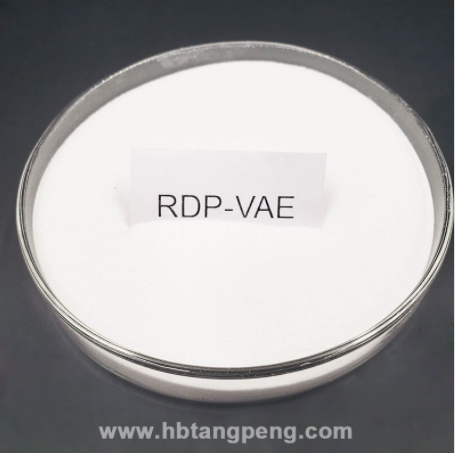What are the Benefits of Using Redispersible Polymer Powder in Construction Materials?
Redispersible polymer powder (RPP) is a versatile material that has become increasingly popular in the construction industry in recent years. It is a powder made from various types of polymers that can be easily mixed with water to form a flexible and durable material. RPP is widely used in the production of different types of construction materials, including mortar, adhesive, and grout. Here are some benefits of using redispersible polymer powder in construction materials.
Improved Flexibility and Adhesion One of the most significant benefits of using RPP in construction materials is its ability to improve flexibility and adhesion. When mixed with water, the powder forms a flexible and adhesive material that can withstand movements and vibrations without cracking or breaking. RPP also helps to improve the bond strength between construction materials, which makes them more durable and long-lasting.
Water Resistance Another benefit of using RPP in construction materials is its water resistance. The polymer powder creates a barrier that helps to prevent water from penetrating the surface of the material, which makes it ideal for use in damp environments. This water resistance is especially important in outdoor applications where construction materials are exposed to rain, snow, and other weather elements.
Improved Workability RPP also improves the workability of construction materials, making them easier to apply and spread evenly. The polymer powder helps to improve the flow of the material, making it easier to work with and reducing the likelihood of air pockets or other imperfections.
Enhanced Durability RPP also helps to enhance the durability of construction materials. The polymer powder forms a flexible and durable material that can withstand the stresses and strains of everyday use. This durability is especially important in high-traffic areas or areas that are exposed to heavy loads.
Reduced Shrinkage and Cracking Finally, RPP can help to reduce shrinkage and cracking in construction materials. When mixed with water, the polymer powder forms a flexible and adhesive material that can accommodate movements and vibrations without cracking or breaking. This reduces the likelihood of shrinkage and cracking in the material over time.
In conclusion, using redispersible polymer powder in construction materials offers many benefits, including improved flexibility and adhesion, water resistance, improved workability, enhanced durability, and reduced shrinkage and cracking. These benefits make RPP an ideal choice for use in a wide range of construction applications, from simple home renovations to large-scale commercial projects.

评论
发表评论